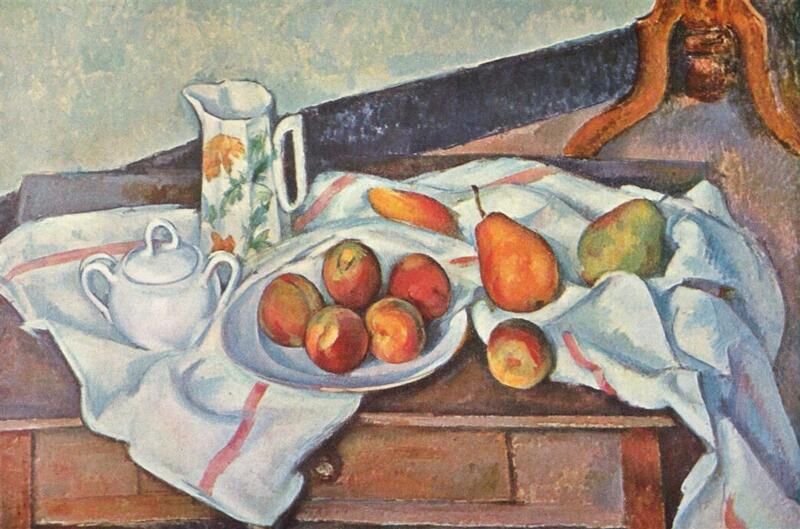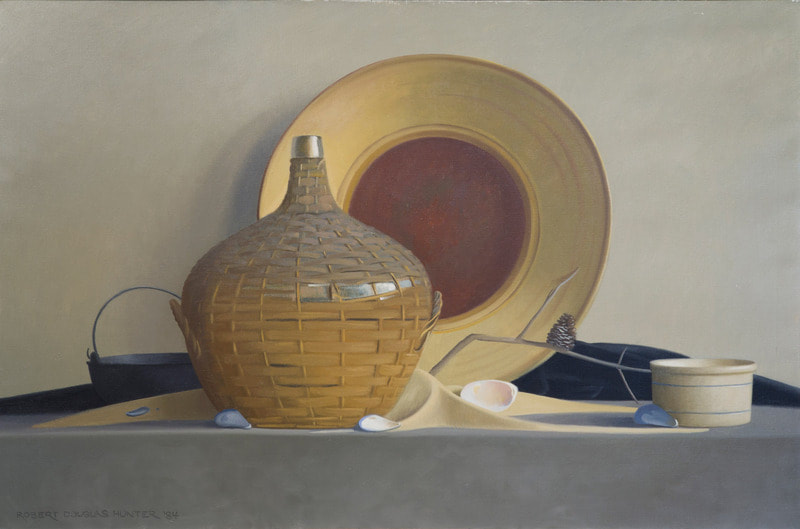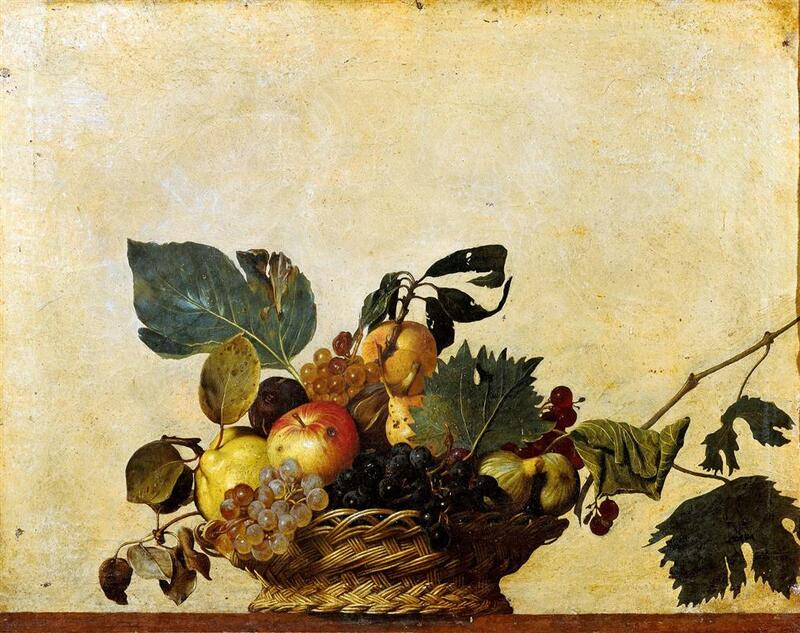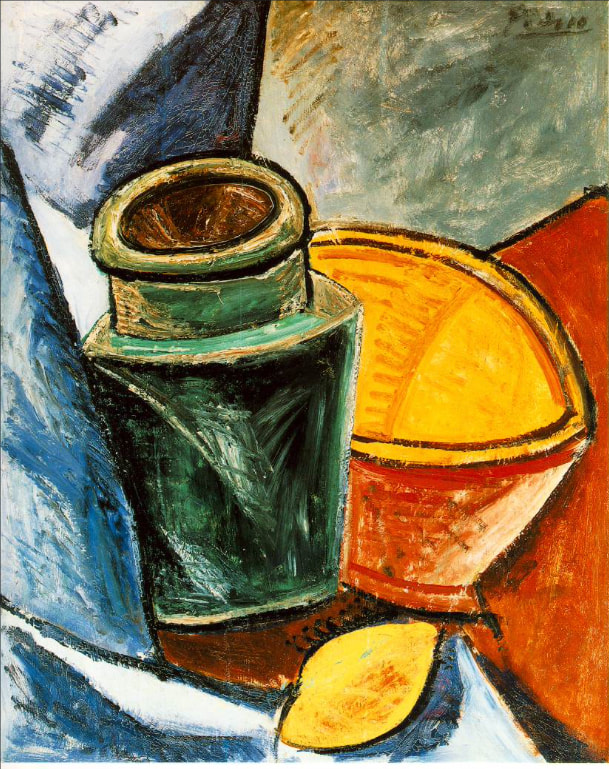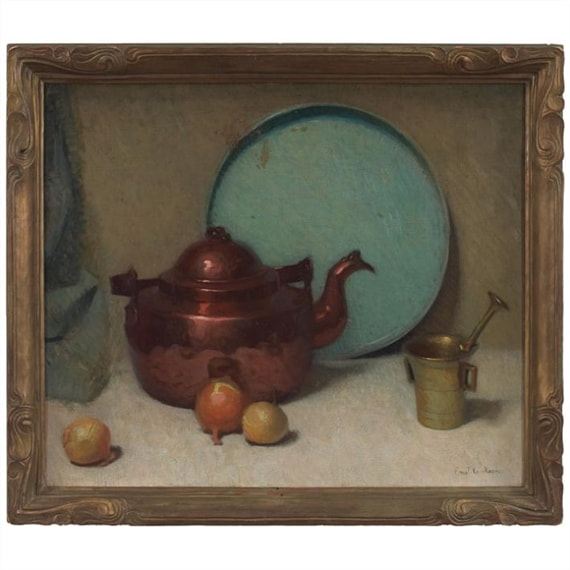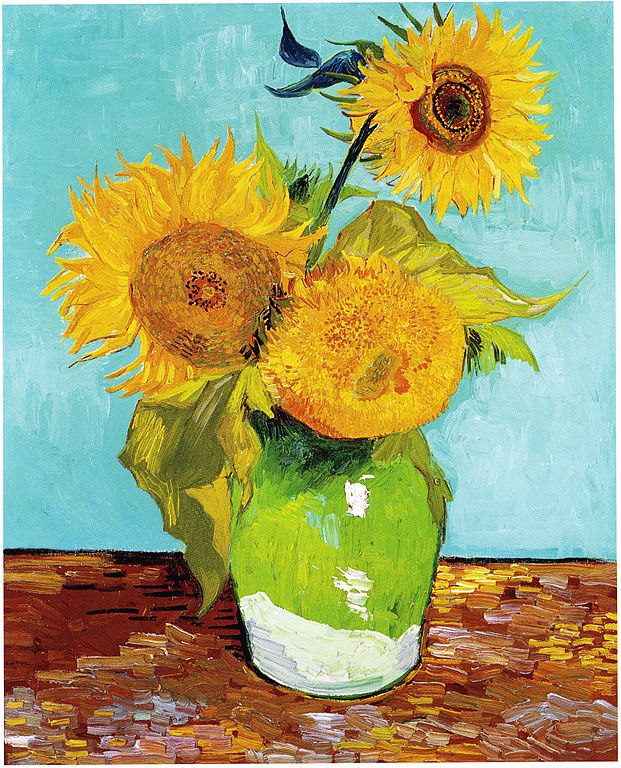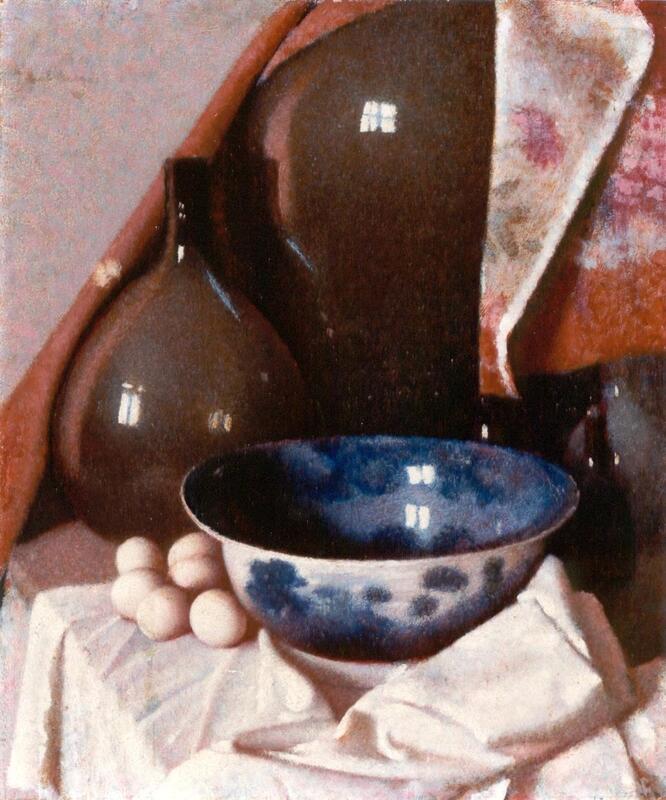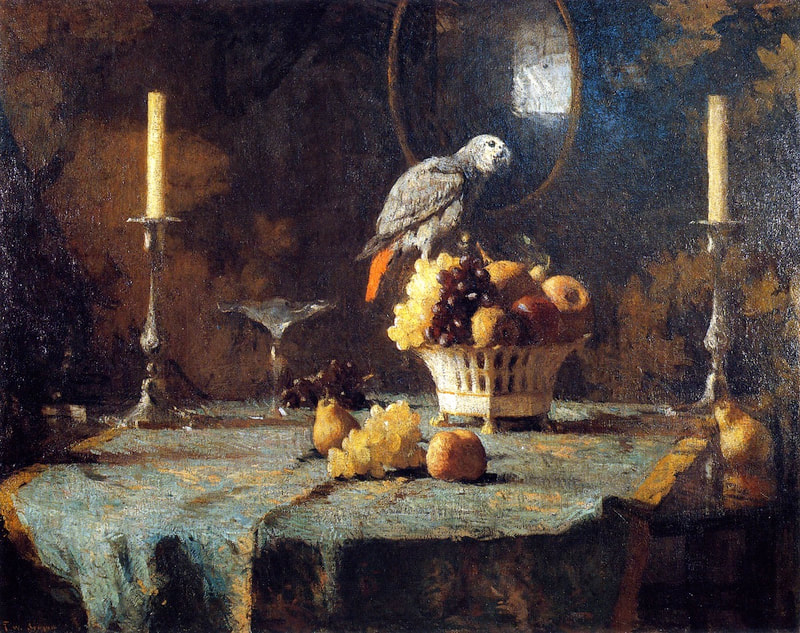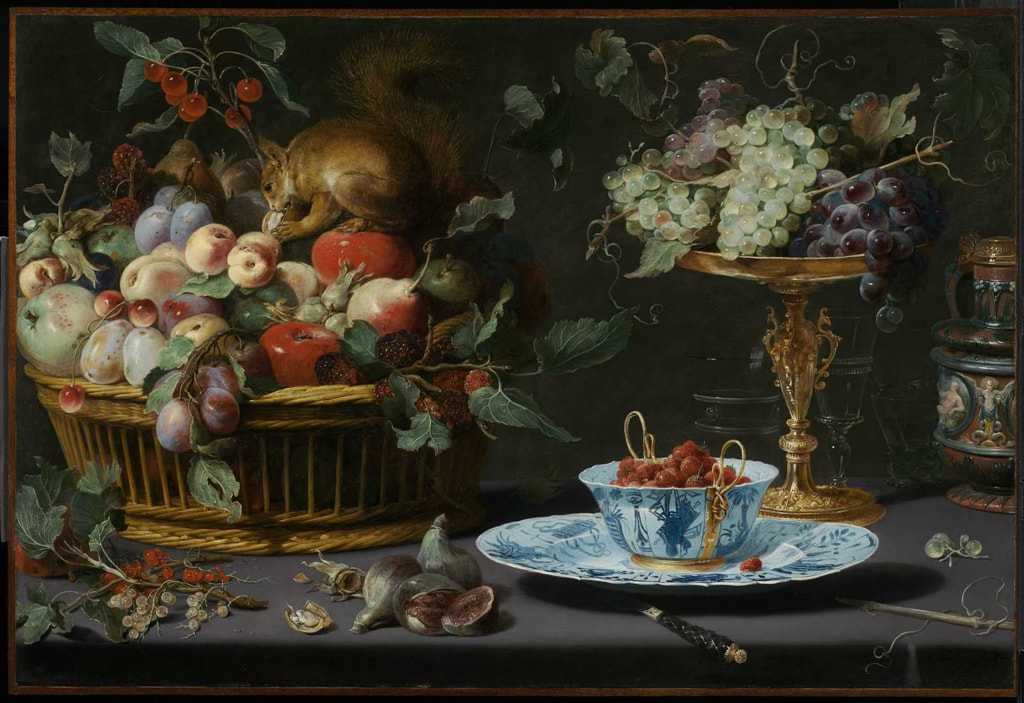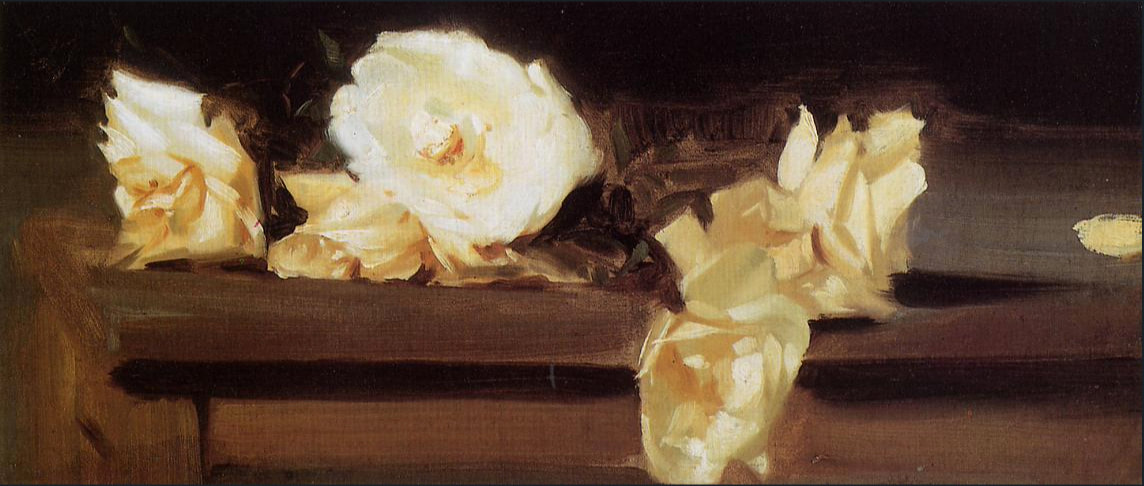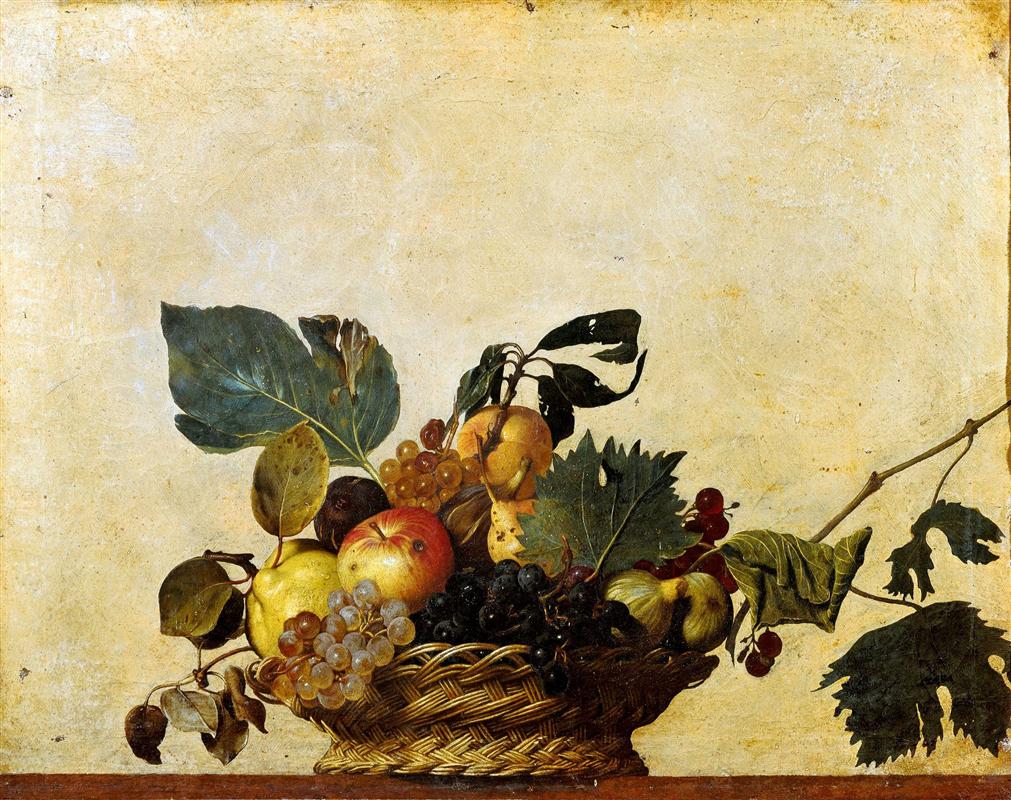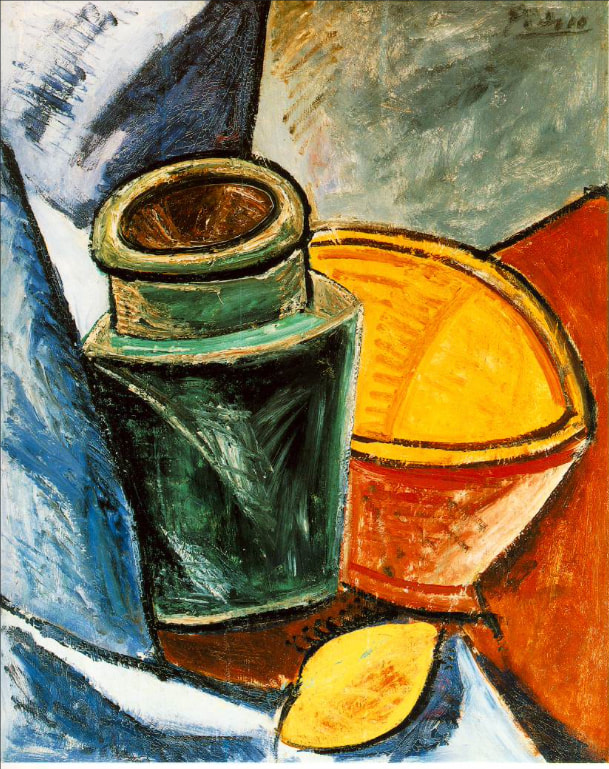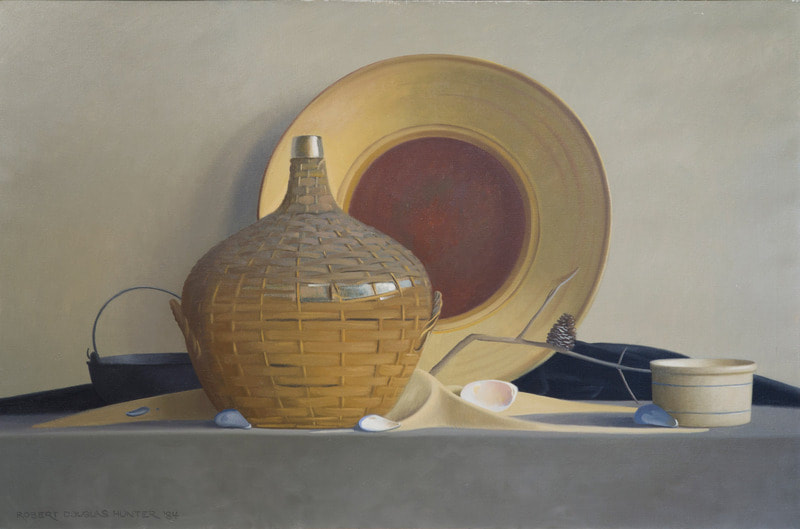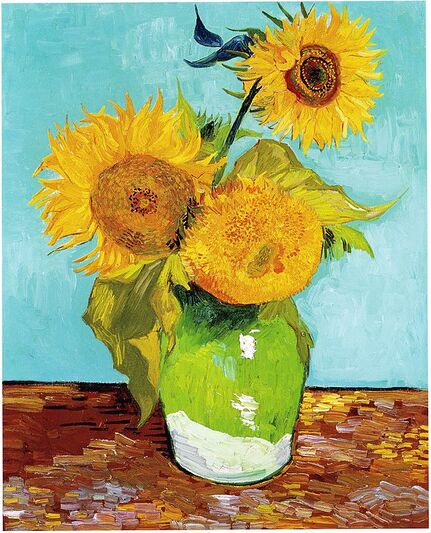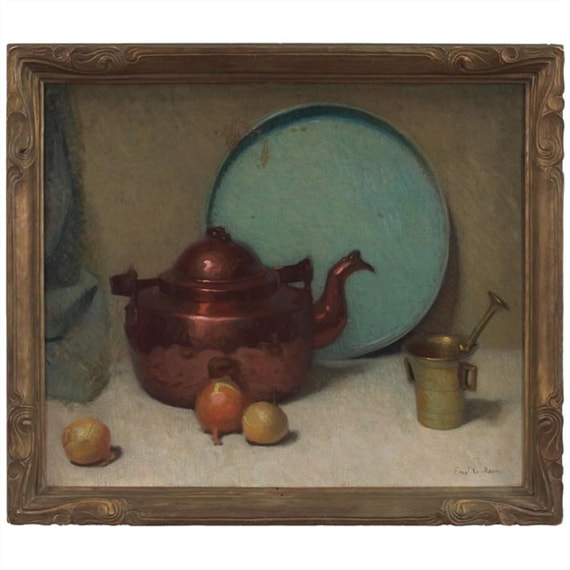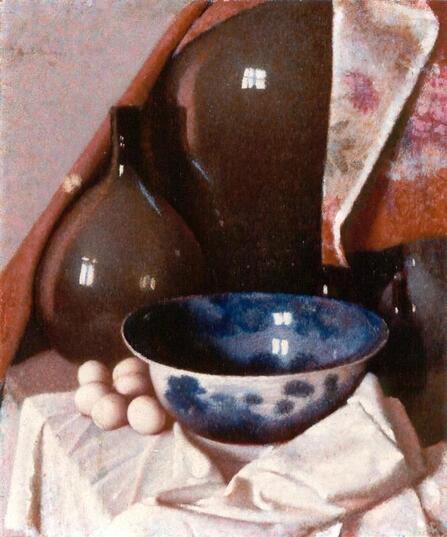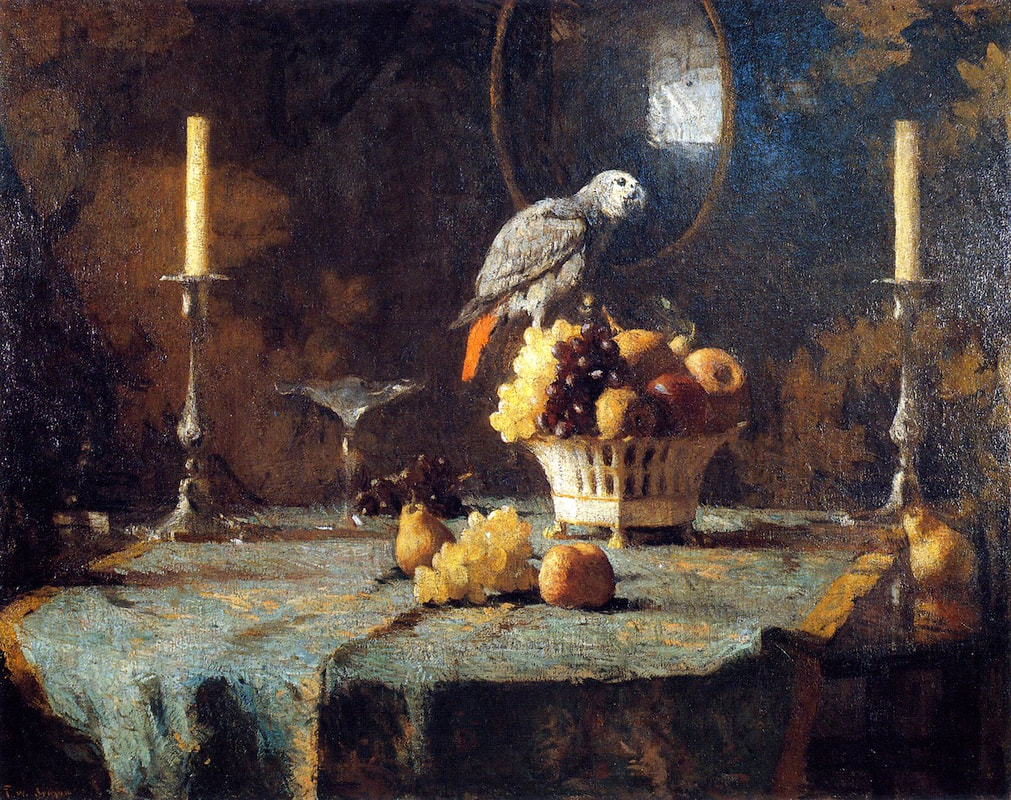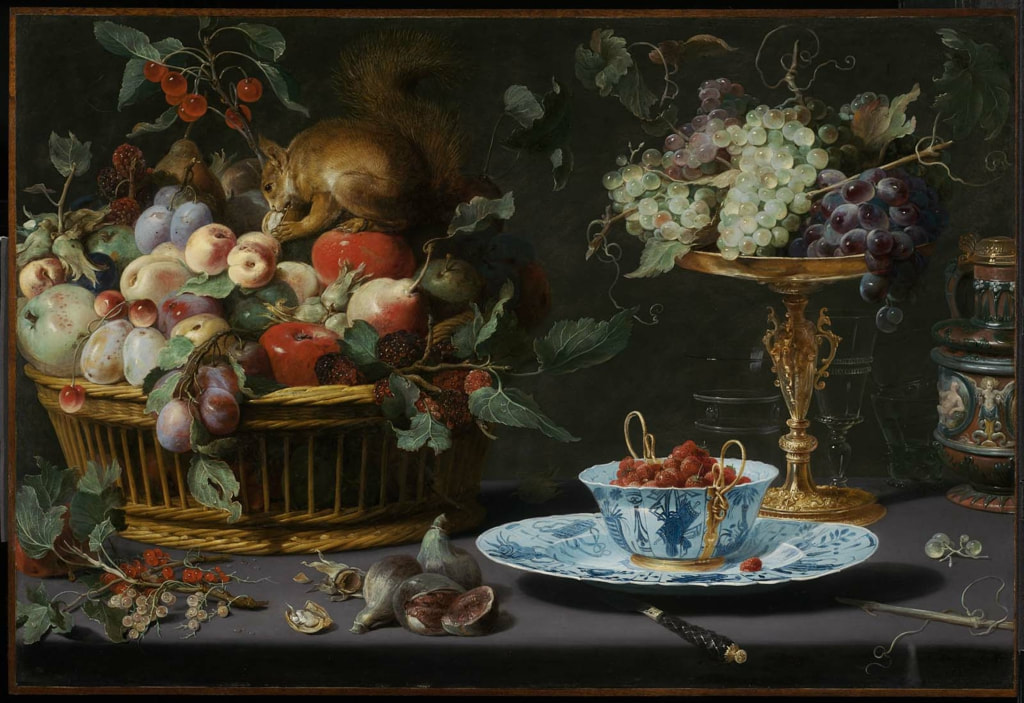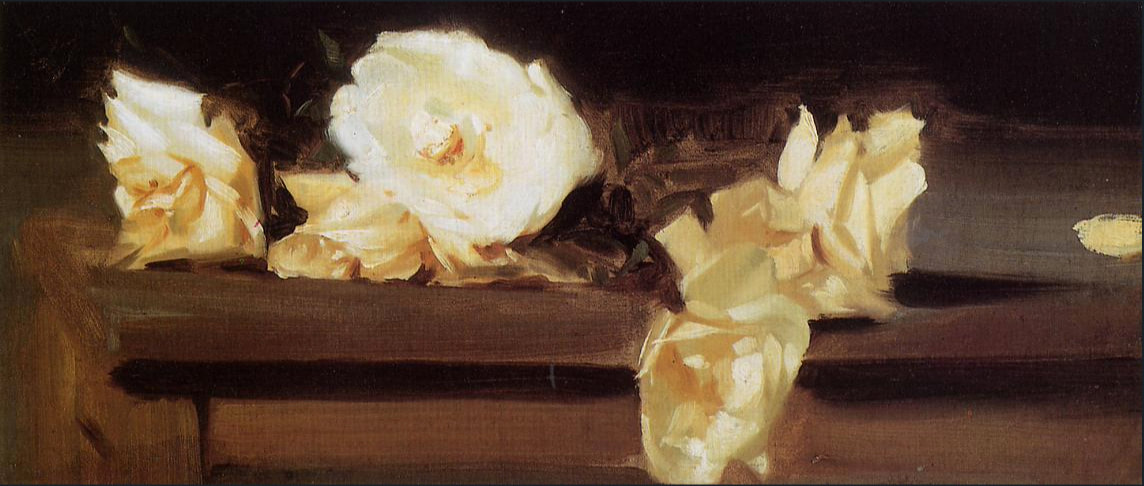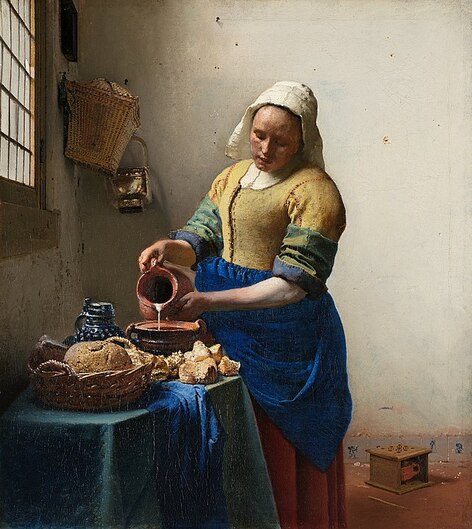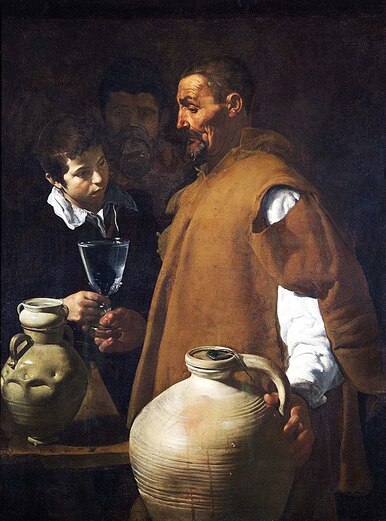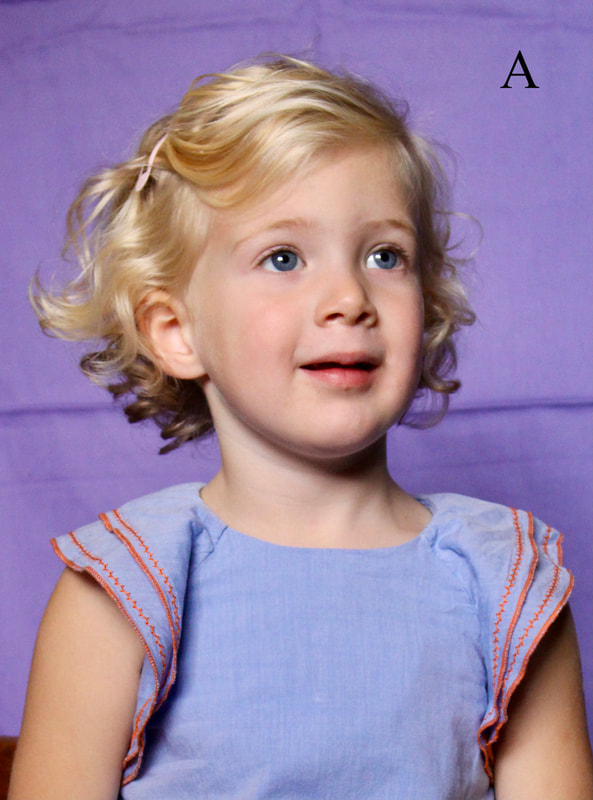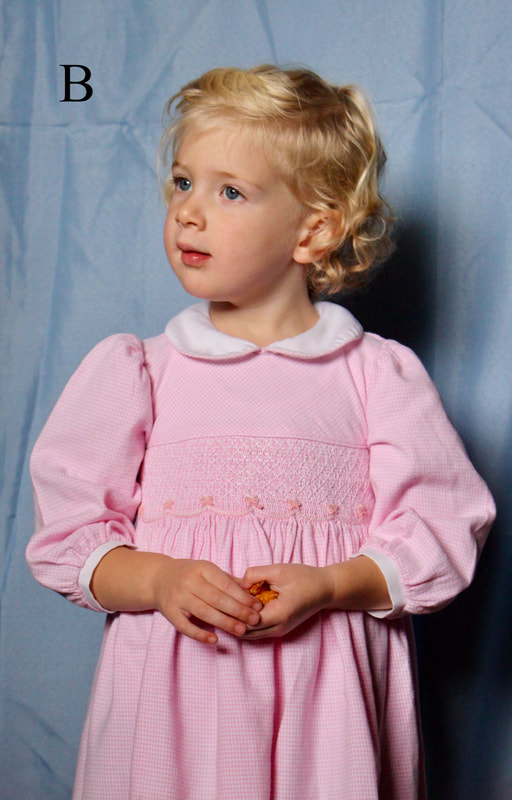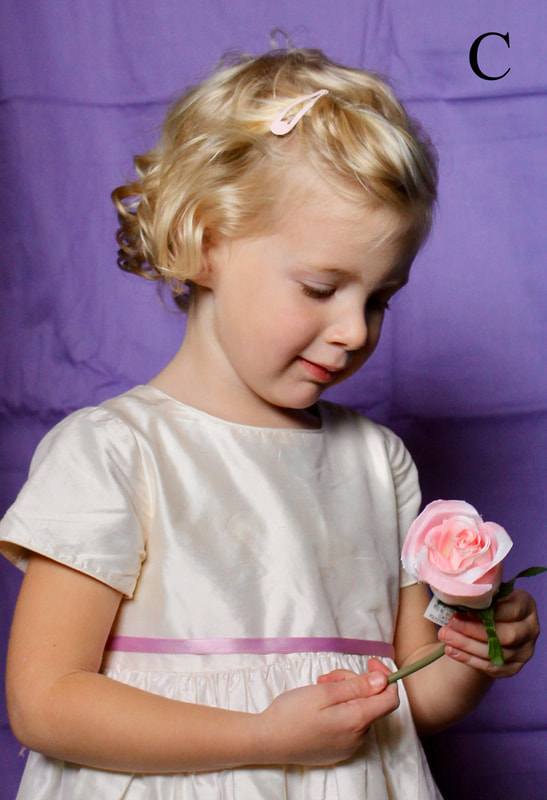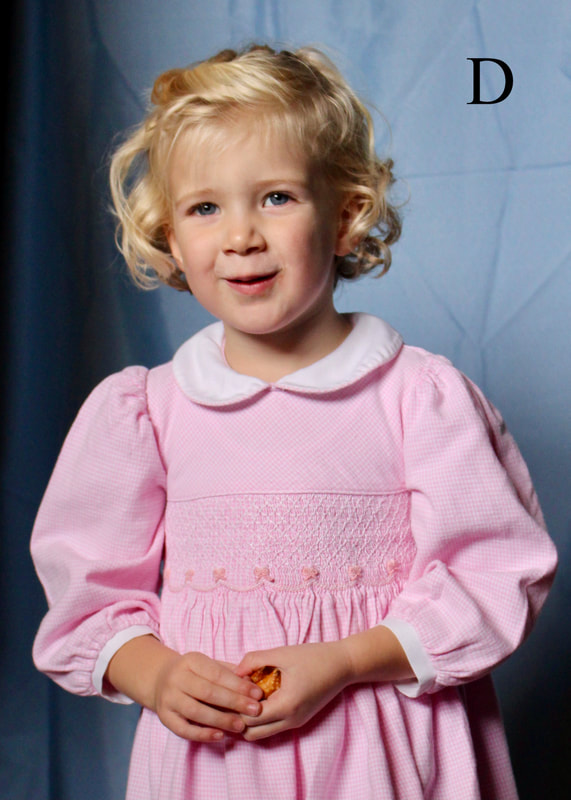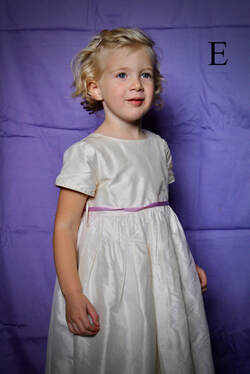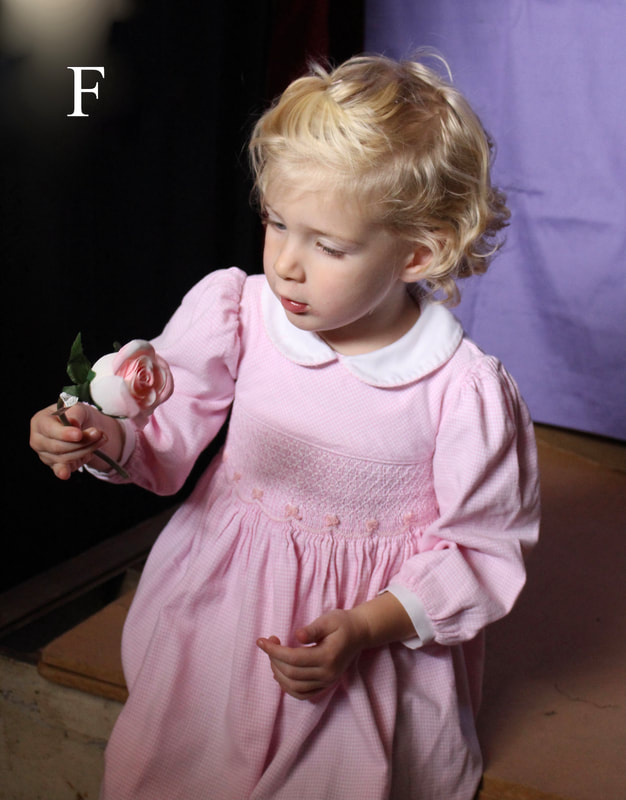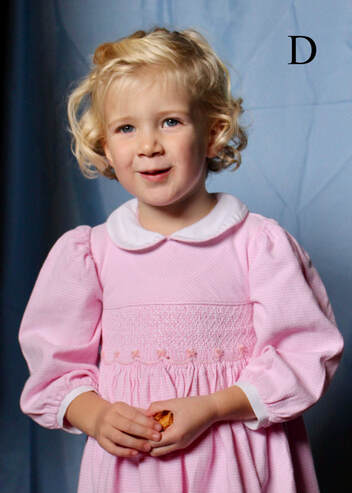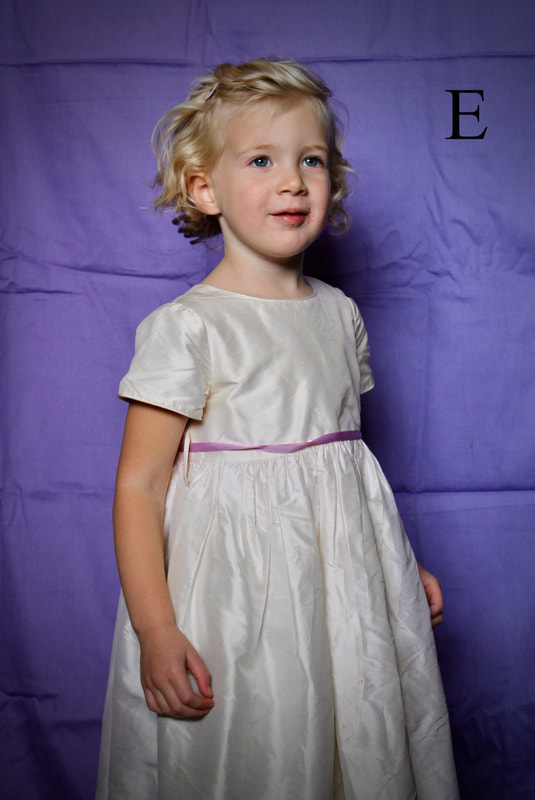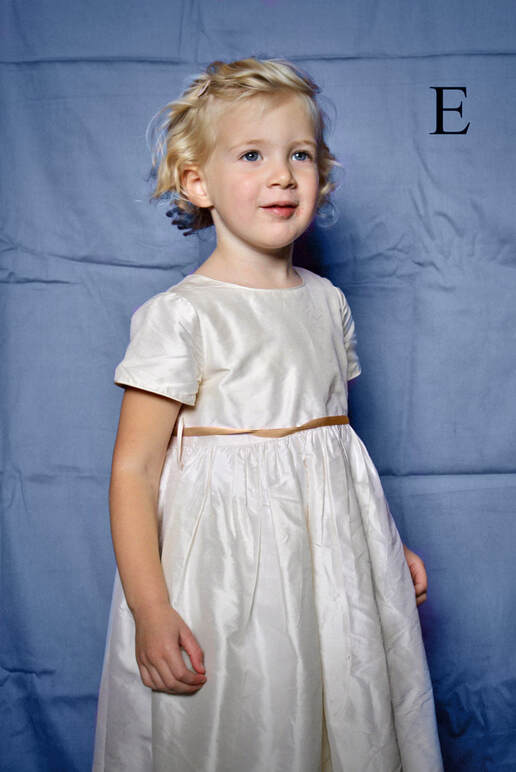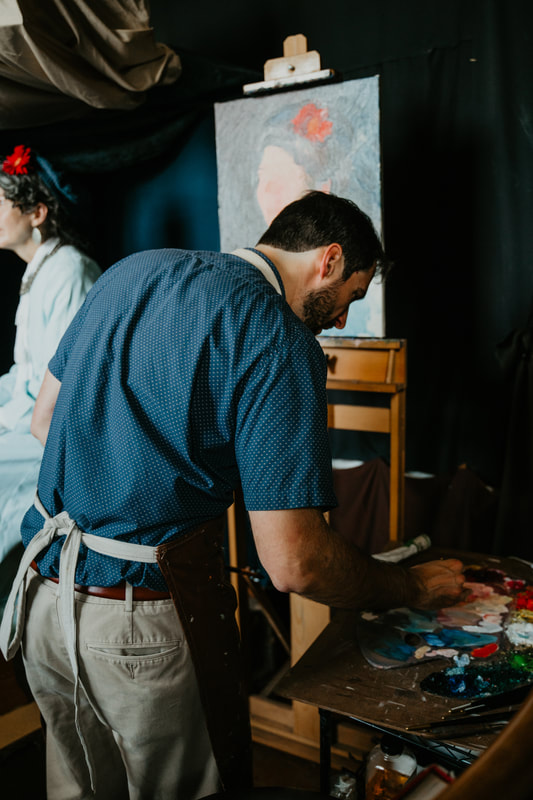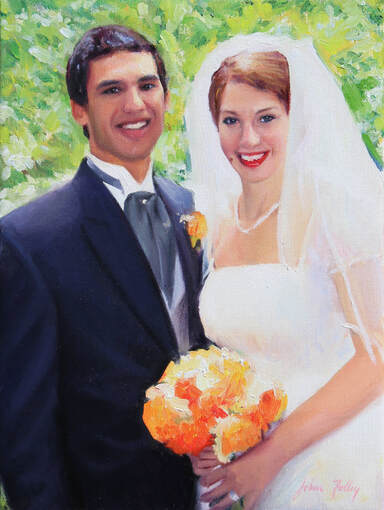|
Still Life Pop Quiz! How many of the following ten famous (and not so famous) paintings do you recognize? How many were you able to identify? Tell me in the comments! Let's go through one by one and talk about the merits and or problems in each. I'll break these paintings down for you and give you my score for each one out of 10 (you can tell me whether you agree or not). I hope the following analysis of these 10 paintings helps you to feel more confident in judging still life paintings that you encounter and more able to enjoy beautiful works of art! 1. Still Life with Sugar by Paul Cezanne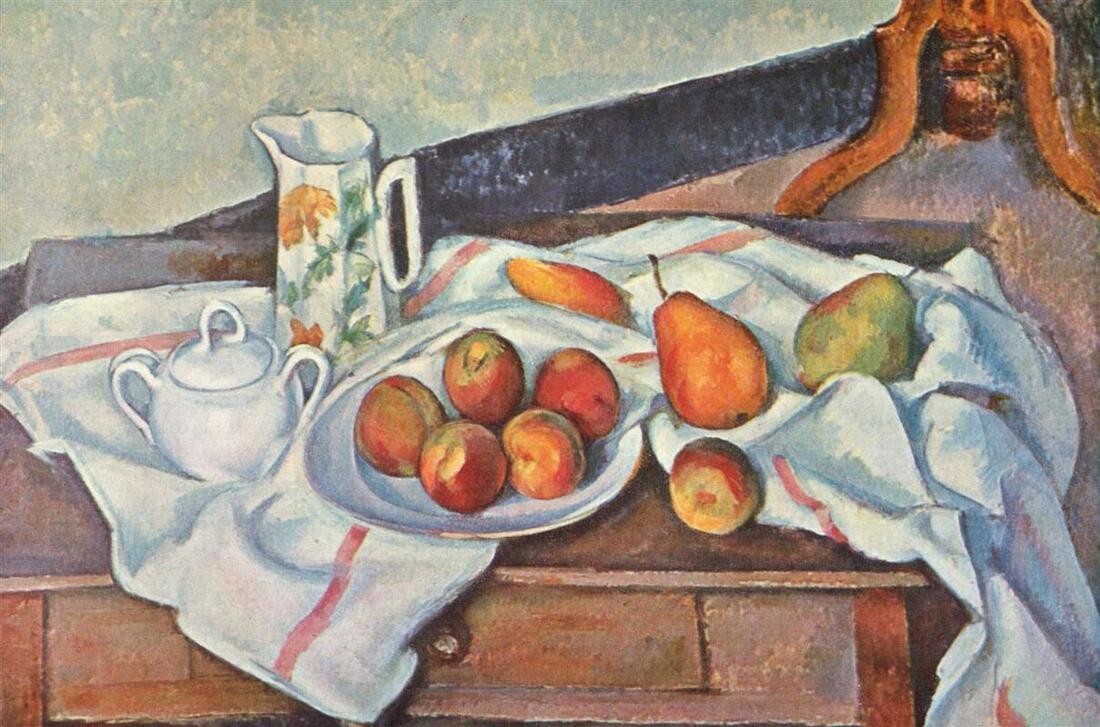 Cezanne was, by most accounts, an earnest soul and an extremely hard worker, but he was not particularly talented at the craft of painting. This may have been a primary cause that lead him to seek directions with his painting other than intentional mimesis of reality. This work is typical of his rift with traditional (accurate) drawing techniques in favor of a jarring rupture with perspective that he claimed to make for compositional reasons. While having a pleasing sense of color and some fun forms and textures, the overall lack of visual unity here is a very serious defect; others, later in the 20th Century, used his work to justify even more serious and ugly departures from the beauty of truth. Because I know his inaccurate drawing was intentional, I am particularly offended by the work of Cezanne. On a scale of 1-10: 4.5 2. Basket of Fruit by CaravaggioThe early Baroque master Caravaggio's fidelity to light and form is wonderful. This basket glowing with golden light. The form of the subject has an accuracy that shocked audiences of his time and still remains potent for us today. His love of detail particularly is remarkable; his work has a visual unity beyond what the Dutch school painters achieved in painting similar subjects. A possible flaw to mention is the consistant, cut-out edge that surrounds almost every object. Later, more advanced small 'i' impressionist artists like Valazques and Vermeer would have blurred and softened such edges for the sake of depth and visual unity. On a scale of 1-10: 8.5 3. Still Life with Lemon by PicassoGarish colors, vertigo-causing swirls and lines, textures that seem best described as crude and even rude... Picasso takes the errors of Cezanne and makes them the center of his work which is an assault on the tradition of beauty in the visual arts -- and painting in particular. This destruction, enabled by a cabal of artists, art dealers, art critics, and big money, ravaged the practice of painting and caused great confusion in the general population as to the general sense of beauty in the 20th century. Hopeful signs of cultural recovery today are in spite of works like these. On a scale of 1-10: -10 4. Still Life with Sand and Shells by Robert Douglas HunterHunter: Beautiful, peaceful compositions. Always with a sense of calm and harmonious colors and object sizes, Hunter described his work as "little tunes." Informed by the Boston School tradition of painting, his technical work is usually strong, but can sometimes suffer from a look of shallowness of form and hard-edged-ness in shape. On a scale of 1-10: 7.5 5. Still Life: Vase with Three Sunflowers by Vincent Van GoghLovely color contrast and lively shapes. Van Gogh is a "post-impressionist" particularly noted for his thick paint application and his departure from strict realism. Though many claim his lack of realism was intentional, much evidence indicates that he recognized his inability to render the fullness of seen beauty as a shortcoming in his work. His letters seem to indicate his dissatisfaction with his own draftsmanship. A little-known fact is that he worked through the Bargue Drawing Course numerous times in an effort to improve his ability to accurately depict shapes and forms. I believe that, despite these shortcomings and due to his honesty in striving towards beauty - not making his deficits into virtues - his paintings, including this one, often have charm and beauty. On a scale of 1-10: 5 6. Still Life with Teapot by Emil CarlsenAn American painter from Denmark, Emil Carlson produced paintings with great balance and craft. He is particularly notable for his atmosphere, where all of the edges are beautifully balanced and the objects pop out and sink into their background just as they do in life. His paintings have magnificent technical strength and often involve beautifully brilliant colors, like those of his contemporary impressionists. On a scale of 1-10: 9.5 7. Still Life with Blue Bowl by Carl SchmittA really underrated American artist from the 20th Century, Carl Schmitt combines many of the experiments of the impressionist and post-impressionists in beautiful lively still life painting. Where Seurat's " A Sunday Afternoon on the Island of La Grande Jatte" feels stifled and stiff, Schmitt is able to take the truths of optical color mixing and make subtle and amazing works with these rather non-traditional methods. If you are able to see these paintings in real life, their vibrant liveliness jumps off the canvas in a way totally unexpected and far greater than mere reproduction can accomplish. If his work has a flaw it is a bit of a lack of incisiveness in drawing, shape, and form -- more than made up for by his brilliant sense of depth and color. On a scale of 1-10: 9 8. The Dining Room Table by Frank BensonA loosely painted beautiful still life full of color and atmosphere. This is a typical example of a Boston School Still life, with lovely variety of edges and tones that produce depth and visual interest. A bit rougher than many still life paintings, but thoroughly entertaining in its uneven brush marks resolving into a beautiful sense of reality. On a scale of 1-10: 8.5 9. Still Life with Fruit, Wanli Porcelain, and Squirrel by Frans SnydersThis painting by Snyders is typical of the exacting detail and delicacy of good Flemish painters from his period. The great critique of their work is that while they have drawn every detail faithfully, they often miss a sense of the grand sweep of light, the sense of forms, and the overall atmosphere (I discussed this concept in my post on Breadth). A glaring example in this painting is the way that the plate on the table feels 'flat' - the front and back feel as if they are the same distance away from the viewer due to an evenness in treatment that robs it of its three dimensional sense of projection. While epic and rich in its subject matter, Boston School impressionists would rightly regard this as a primitive way of painting which Valazquez and Vermeer would later take great steps beyond. On a scale of 1-10: 6 10. Roses by John Singer SargentA seemingly effortless small sketch, this painting is a really impressive piece of visual poetry. The economy of means by which Sargent painted these flowers and arranged this pleasing little composition is so deft as to be almost taken for granted. Visual truth is presented well, if not completely, in its essentials leading the painters of the Boston School to refer with grudging admiration to Sargent as "the greatest of sketch artists." The magic and liveliness of Sargent's sketches so often surpass even the carefully completed work of the other greatest painters in history; it is a truly remarkable accomplishment. On a scale of 1-10: 9 I mention Vermeer and Velasquez a few times above. They are role models for Boston School painters, though a bit tricky to use in a study like this, as neither was known as a still life artist. Nonetheless, here are examples of the work of each for your reference: Bonus: The Milkmaid by Johannes VermeerBonus: The Waterseller of Seville by Diego VelasquezMaybe you agree with my analysis, maybe not - do tell. The important thing is that you remember that art can and should be judged, and that art should be beautiful.
10 Comments
Last week I sent an email to my private list of Beauty Advocacy subscribers and Facebook community to ask for input about my daughter's painted portrait. It's always great fun to hear everyone's input! Different aspects of a pose speak to different people. Deirdre and I had selected these six images from among hundreds of shots. With a toddler sitting [squirming] for a photo, it takes a lot of tries to get even this many candidates! As I explain on my portraiture page, the best portrait will result from a live sitting. Ideally, a portrait subject would come in for a series of sittings, each for a few hours, so that I'd have the chance really to study that person live, with real light shining on his/her face and real color to work with before me in three dimensions. But in the case of a toddler, a photo will do the trick. Toddlers are not the best models, but it is a delight to capture this young phase! Poll results Thanks to my subscribers, I was able to get a sense of what about these photos strikes others. Here is the approximate breakdown of the votes: A - 12% of the votes B - 15% of the votes C - 15% of the votes D - 34% of the votes E - 13% of the votes F - 9% of the votes So our clear leader was D, with C and B tied for second. But I still had to decide.... Clearly, there is a lot to love about D. It is very bright and cheerful, capturing a sweet moment from our little girl. It's appealing to capture an unguarded, candid moment. Deirdre and I agree that we would like to have this printed and framed as a photo -- it is, undoubtedly, a charming snap of our girl (and captures a hint of her mischievous nature)! But for an oil portrait, I tend to want a more elevated tone. In my opinion, D will not translate as well to the canvas as some of the other options would. (Now - mind you - if you were commissioning this portrait of your daughter and that was your favorite, then that's the one that I would paint!) B just isn't my favorite. While I love the pose with the hands slightly clasped and the 3/4 view of her face still sporting baby cheeks... I'm not loving it. There's a hint of "dazed" in that photo that I ultimately decide against. C is a tough one to turn down. I think it is objectively the prettiest one, and I would love to turn it into an oil portrait. But Deirdre is adamant that the painting should capture our little one's bright blue eyes. So this is also a no-go. So where does that leave me? I was finding that I just kept coming back to E. Both Deirdre and I love this image. We love the pose with the full arm, elbow slightly bent; we love the curls flying somewhat free (her golden hair tends to be tousled); we love the crinkle of the silk dress; we love the fully-lit view of the face. We also love the energy, which is distinctly that of our sweet-yet-wild little one. This image captures our little girl and also has that slightly more formal sense that I'm going for in an heirloom piece. The one hesitation: Deirdre was finding that she was wishing for the color scheme from D. That blue background, especially, seems like the right spirit-color for our little girl, as well as a color that we'd like to have hanging on our walls for decor purposes (yes, that is a factor to consider!). The purple wasn't doing it for Deirdre. So let me wave my magic wand here... And I think we have our winner. We (the parents) are happy, I (the artist) am happy... I think we're good to go. When I translate this to the canvas, I'll plan to smooth out the background (drapery wrinkles not necessary), fill out the hair a little (some was lost to photography and we do enjoy her golden curls), and adjust the ribbon to be smoother and wider. The little clip in her hair will either disappear or get a Cinderella transformation as well. These are the liberties that I get to take to come up with the final product we're looking for! Please don't let my special offer on portraits pass you by! We're talking about some big savings here: Just shoot me an email, give me a call, drop me a line through my contact form... let's get this ball rolling! Payment plans welcome. Hesitating because you're not sure about some aspect of the process? That's ok; I'm learning too! Feel free to ask and I'll do my best to answer. I look forward to sharing with you when this portrait is underway and then complete! (Make sure you're subscribed to my private email list to stay tuned.)
Let's talk about how 2022 is the perfect year for you to have your/your loved one's portrait painted. (If the above video is not loading, it could be your browser.) It's a good time for celebrating the human person, particularly as discovered in the face. There's really no good way to abstract the face, because faces are essentially personal. Your face. Your loved one's face. A good portrait should give a sense of the whole person, but of course will focus on that all-important face. Our culture has been suffering from a defacing -- literally, a lack of faces. The effect has been chilling. Misunderstanding and fear are two of the major byproducts of this rejection of the essential goodness of the human face. But this is not how we were meant to live. We were made to relate to, to connect with, to love one another. So much of this hinges upon our ability to communicate with each other and understand one another, face to face. We're not just statistics, we're people. So, I say, let's get some portraits painted! Why have a portrait painted?Here are a few reasons why you might be looking for a painted portrait:
Why now?Here's the fun part. I'm offering a 36% discount off of any studio portrait booked by Feb 28. Why 36%? Because I just turned 36. (We wanted this announcement to go out on my birthday [Jan 11], but we've honestly just been too busy until now!) What does that look like, in terms of savings? See below: Can you tell I'm eager to dive in here? The Fine Print
Click here to see my portrait page for more on pricing and what the painting process looks like!Any questions? Feel free to comment below! Peace!
Last month, the community to which Deirdre and I belong felt the painful loss of a young family man, Tim Cantu, to cancer. I knew Tim only a relatively short time but I can say he was truly a friend. Tim and I shared much in common. We were both about the same age (he was a few years younger). We both were from large families and were the fathers of large families as well. Our reasons for having large families are similar too: they stem from our Catholic faith and the conviction that life is a precious gift and should be shared generously with others. Tim was the dedicated father of 5 children. It was always refreshing to see Tim and Marie with their family in large part because together they were a lot like what my wife and I want to be. As an artist, one thing that particularly struck me about Tim was his conviction that artistic forms are both meaningful and important. Some of his many friends may not be aware that he was a patron of the arts, making an actual investment in culture that way -- and he was excited about it. I enjoyed working with Tim as artist/patron, and I sensed that he was going to be with me for the long haul in my own quest for Beauty. We also shared some good thoughts on art and beauty over some good drinks. Tim was willing to take an unpopular position in order to be true to what he believed as far as taste and culture. This is something I respect, because it’s all too easy for any of us to go with the flow on what may seem like minor matters -- the choice of music for a party, say -- but the fact remains that forms form us. Tim knew that. Seeking excellence in the little things -- seeking beauty in all our choices -- is a step forward on the journey toward the ultimate Good to which we’re destined. Tim’s journey, it seemed last month, was cut cruelly short. Deirdre and I, along with many, many others, were praying for a miracle. We wanted so much for this fun, lively guy to fully recover, to stay by his wife Marie's side and get to watch his children grow up. Learning of his passing was a painful blow. But we trust that God has a plan that will redeem all the suffering. As I think of and am grateful for Tim’s support of my artwork and, more importantly, his friendship, I’m reminded of the deep value of choosing the more beautiful way, in matters both great and small.
|
AuthorHello there, I'm John H. Folley, an oil painter in the Boston School tradition. Thanks for visiting the Beauty Advocacy Blog, where it's my job to help you become a more discerning art appreciator. Connect with John:
Categories
All
Archives
February 2024
|
